1998.09.11 10:06
big sign now gone
With all the recent discussion here regarding Venturi, signage, semiotics, etc., I thought it worthwhile mentioning that the Venturi, Rauch & Scott Brown big BASCO building sign (in Northeast Philadelphia) is now gone. The demolition (which is what I assume happened) occurred fairly recently.
The building was bought by BEST soon after BASCO "built" the sign in the early eighties. Since BEST went out of business in the early nineties, the building and its big alphabet sign have been derelict.
It is indeed sad to see such a perfect example of "theory into practice" architecture relegated to the virtual existence of photographs.
Perhaps one lesson to learn here is that whenever architectural design is so closely tied to commercialism and consumerism, then its fate as something fleeting is almost guaranteed.
1998.09.17 10:55
fact check and some truth
On Tuesday, I spoke (on the phone) with Susan S., the PR rep of Venturi Scott Brown & Assoc. She did not know that the big BASCO sign was now gone, and she pretty much assumed Mr. Venturi did not know either. Although this was our first time speaking together, we had a very animated conversation about "commercial" architecture and its fate as something fleeting. Recognition of this phenomenon may be especially easy for baby boomers to see because so many places of memories from the 1950s and 1960s are simply no longer there.
I specifically called to find out if the big BASCO sign's second design--where the red letters were painted yellow and then covered with an overall pattern spelling the word BEST--upon the meager of Basco and Best was also a Venturi office design. It was.
Last night, I re-read what Venturi, Scott Brown and Izenour said about Las Vegas signs in Learning from Las Vegas, and it is as if they unwittingly predicted the fate of their own big sign.
2000.10.05 21:21
Re: architectural photography
I think architectural photography is extremely valuable when the architecture in photographs no longer exists but in photographs.
Just over three years ago I went to photograph Venturi & Rauch's big BASCO 'sign' building. The building was then derelict, and I took many 'unflattering' snapshots, e.g., lots of empty beer bottles and a plump vinyl lounge chair providing an interesting domestic tableau just behind the big 'A'. Alas the film did not develop at all, and hence no photographic record and just a memory for me. Almost exactly a year later I returned to BASCO to take pictures again, however, the big letters were that time completely gone. I turned out to be the person informing Venturi's office of the loss.
The point is that 1) many buildings today change radically in short periods of time, therefore ALL photographic records (not just the flattering ones) are important items in understanding the 'life' of architecture most fully, and 2) a photograph of a building that once was but is no more is perhaps the easiest form of virtual architecture invented thus far.
ps
...I add that architectural imagery (photography, photocopy, digital records, etc.) today is very cheap, meaning the notion of capturing a building in the perfect 'light' is nothing more that creating a fetish, an ideal that is forever virtual and definitely not real. You might say that more than anything architectural photographs have patently deceived many viewers (architects/critics) into believing the photograph is the reality.
2005.10.14 15:59
Jimmy Venturi's new website...
Venturi and Rauch's 1978 BASCO Showroom (the big alphabet sign) was a true decorated shed design. The shed existed long before 1978; it was NORMANDY SQUARE MART, a precursor "big box" discount market. Normandy went out of business and within a couple of years BASCO bought the property. Venturi and Rauch simply painted the entire existing huge shed a dark blue and added a free-standing sign in huge letters spelling BASCO across the front facing the Roosevelt (12 green lanes of traffic) Boulevard (and across the boulevard from the local NABISCO plant whose big alphabet sign across the top of the plant's ten story production tower was already long a "landmark" on the boulevard). By 1998, BASCO then (adapted to) BEST was sitting derelict for almost a decade, and suddenly by that autumn the sign was gone. I wound up being the one to tell VSBA, and Venturi sent me nice but sad thank you letter.
The interesting thing here is that with the removal of the sign also came the removal of the architecture. The shed is still there and now a self-storage facility with even the once enormous parking-lot full of a dozen or so rows of more self-storage sheds. The predominate color now is a cheap looking turquoise. I don't like driving by the place anymore because it makes me hate the fact that quondam architecture actually exists.
2005.10.14 16:34
Jimmy Venturi's new website...
Some focus just got sharper. The first market was called NORMANDY SQUARE, with the shed a lighter blue and the 'sign' NORMANDY SQUARE painted across the very long one story 'facade' in ground to roof yellow letters. This then reminds of something I hadn't thought of in a long time, like maybe since 1979--Venturi and Rauch brought "Learning from Las Vegas" to Northeast Philadelphia, i.e., to a place that already had the classic decorated shed complete with fast cars zooming by. The more things change the more they stay the same indeed!
2009.02.02 13:07
Venturi's Lieb (No. 9) House to be moved (or demolished)
the ugly and the ordinary
the extraordinary
both deserve an appropriate response
and then/now there's museumification
1993:
Robert Venturi, "Some Agonizing Thoughts about Maintainance and Preservation Concerning Humble Buildings of the Recent Past"
1998:
"Do you know the BASCO sign is now gone?"
"No! Do you know where it is now? We'd like to save it."
1999.10.06
A typed letter signed by Robert Venturi, wherein he laments the demolition of his BASCO 'baby', is currently up for auction at eBay
2000:
"What's the address of the Nurses' Office in Ambler?"
"It's better now if you just look at the pictures."
[found the building and took my own pictures anyway]
2005:
Best Building demolished; flower pattern porcelain enamal panels saved, many now in private and museum collections
2009.01/02
Lieb House; another chapter in the architecture of removement.
| |
2012.02.20 12:00
an architecture of memory lane
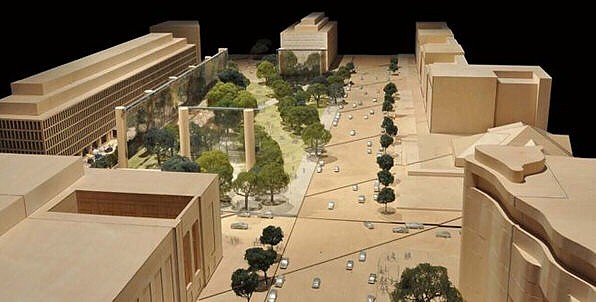
Eisenhower Memorial, Washington D.C., 2012
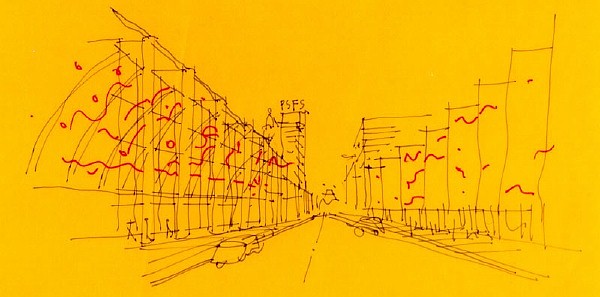
Gateway Visitor Center and Independence Mall, Philadelphia, PA, 1996
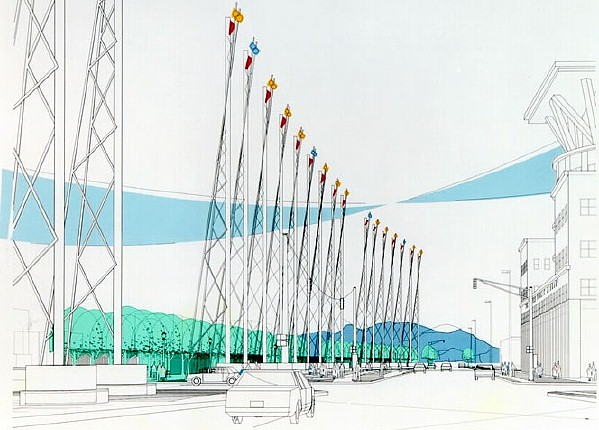
Denver Civic Center Cultural Complex, CO, 1991-95
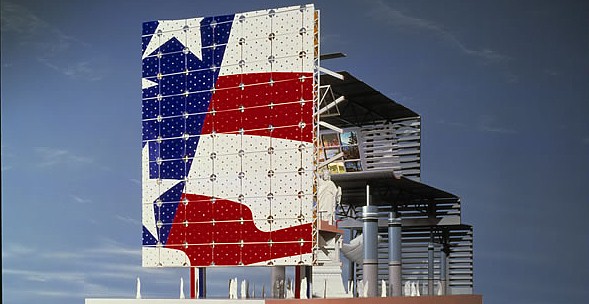
US Pavilion Expo '92, Seville, Spain, 1989-92
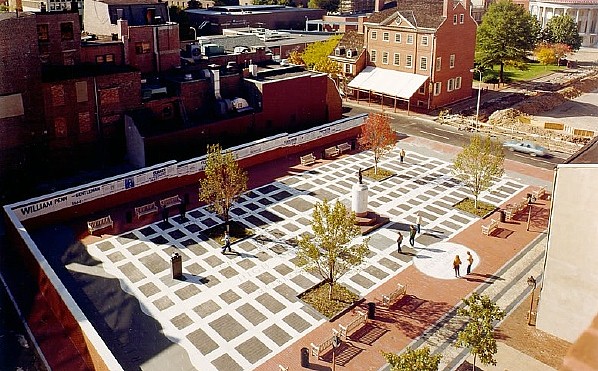
Welcome Park, Philadelphia, PA, 1982
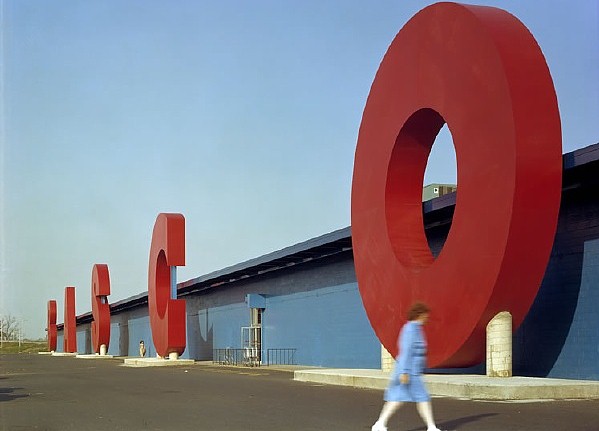
BASCO Showroom, Philadelphia, PA, 1979
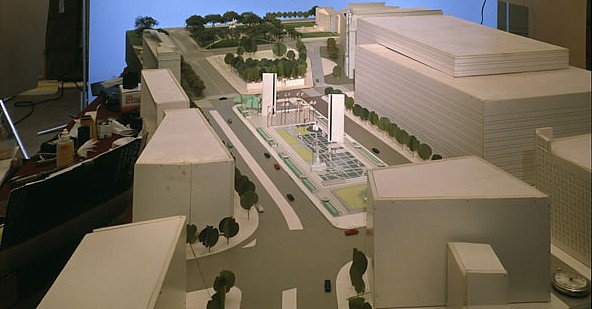
Pennsylvania Avenue Development Corporation, Washington, D.C., 1978
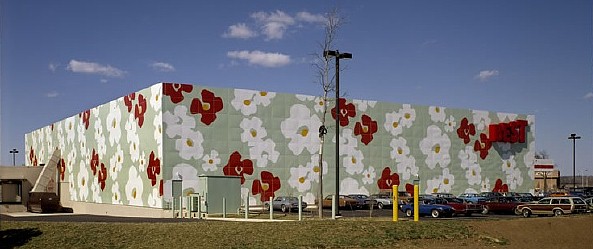
Best Products Catalog Showroom, Oxford Valley, PA, 1978

Bicentennial Exhibition, Philadelphia, 1972
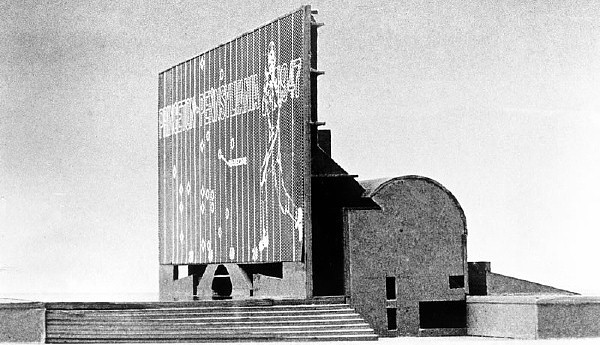 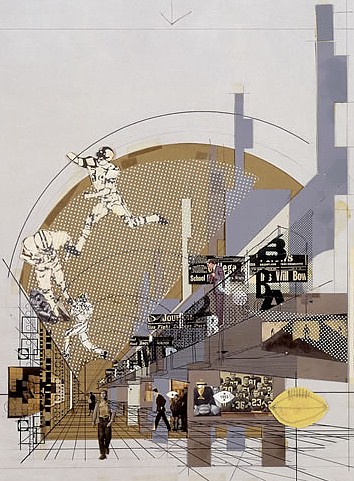
National Collegiate Football Hall of Fame (Competition), 1967
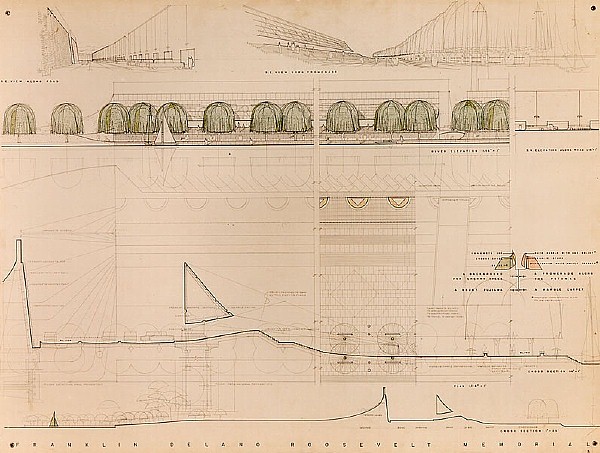
FDR Memorial Park Competition, Washington, D.C., 1960
| |
2015.05.01 16:34
Odd Architectural Details
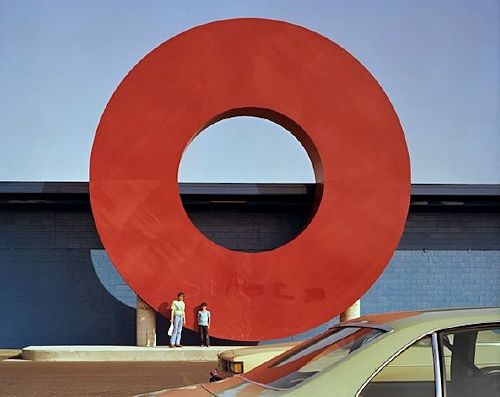
demolished 1998
|